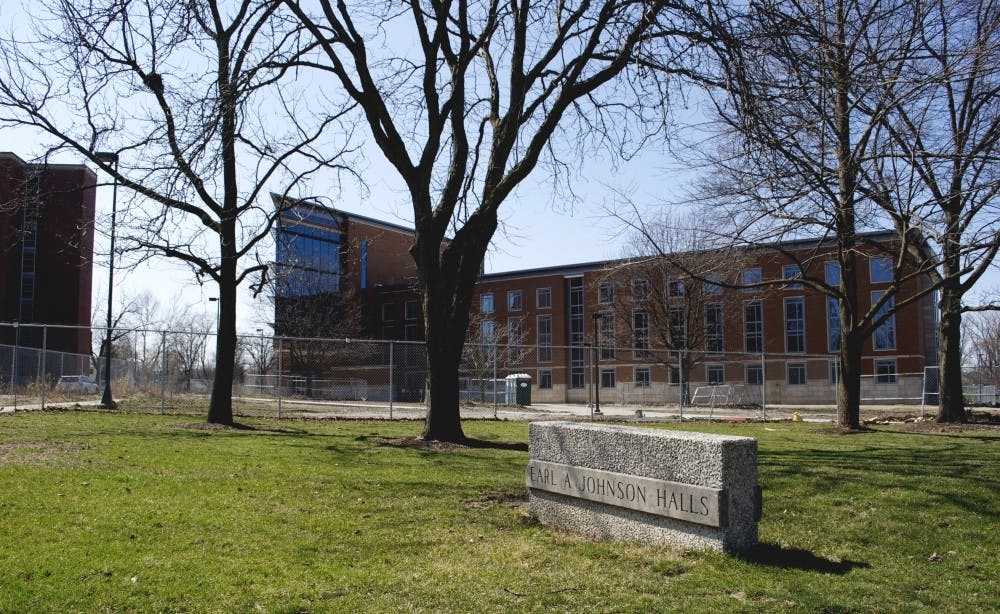With the opening of Botsford/Swinford Halls in Johnson A Complex this fall, Ball State will be home to 15 total living-learning communities.
Joel Bynum, assistant director for coordination of living and learning communities, said in an email these communities are meant to support and enhance student success while encouraging students to become entrepreneurial learners.
“The most important function of a living-learning community is to help new students find their academic fit at Ball State and to encourage their academic success,” Bynum said.
At Ball State, Bynum said recent assessments show that those who live in a living-learning community tend to perform better than commuters or those on campus outside of a community.
Ball State was not the first to group students together by academic focus, however.
Bynum said the University of Missouri-Columbia was most notably at the forefront of the idea. Other universities—such as Indiana University and Purdue University—utilize learning communities as well.
At Ball State, 40 percent of students live in one of the residence halls on campus. This is a high figure compared to IU, where about 28 percent live in university-owned housing, according to U.S. News and World Report.
Ball State living-learning communities began in the 1990s as a version of a first-year experience program. Through a few evolutions, these communities now serve to put students together as a way to bridge what happens in class and out.
“The biggest part of the [living-living communities] right now that is advantageous is that you’re able to network with a lot of people that are looking into the same field as you,” said Troy Scott, a junior telecommunications major. “You start to make a lot of connections.”
Scott will live in the new Botsford/Swinford Halls in the Johnson A Complex in the fall. This will be specifically tailored for students in the College of Communication, Information, and Media.
The halls will feature a green screen, two studios and video editing software for students. Scott said he is excited for the new technology, as it will make it easier to get involved.
It’s also a good stepping-stone for students to join a student-run organization, he said.
“It’ll be more of a living and learning community, where as right now it’s just a living community,” Scott said. “I’m really excited to see how that turns out.”
In addition to Botsford/Swinford, Ball State will add to its living-learning communities when Schmidt/Wilson Halls of Johnson B open following renovations which begin in May. Students who participate in theater and dance will live in these new halls when the building reopens.
With only 15 living-learning communities, many majors are excluded from the program. Faculty interested in partnering with housing to form a living-learning community can submit a written proposal for approval.
Bynum said the primary concerns with living-learning communities are how it will enhance the overall learning experience, academic performance and individual performance.
However, he said the earlier a student gets involved in a living-learning community, the better.
“We believe that the earlier a student becomes immersed in his or her academic department/college culture, the earlier he or she gets to know other students and faculty in their chosen major,” Bynum said. “The earlier a student has opportunities to form bonds with other students in their academic cohort, the more likely that student is to persist to graduation and succeed.





